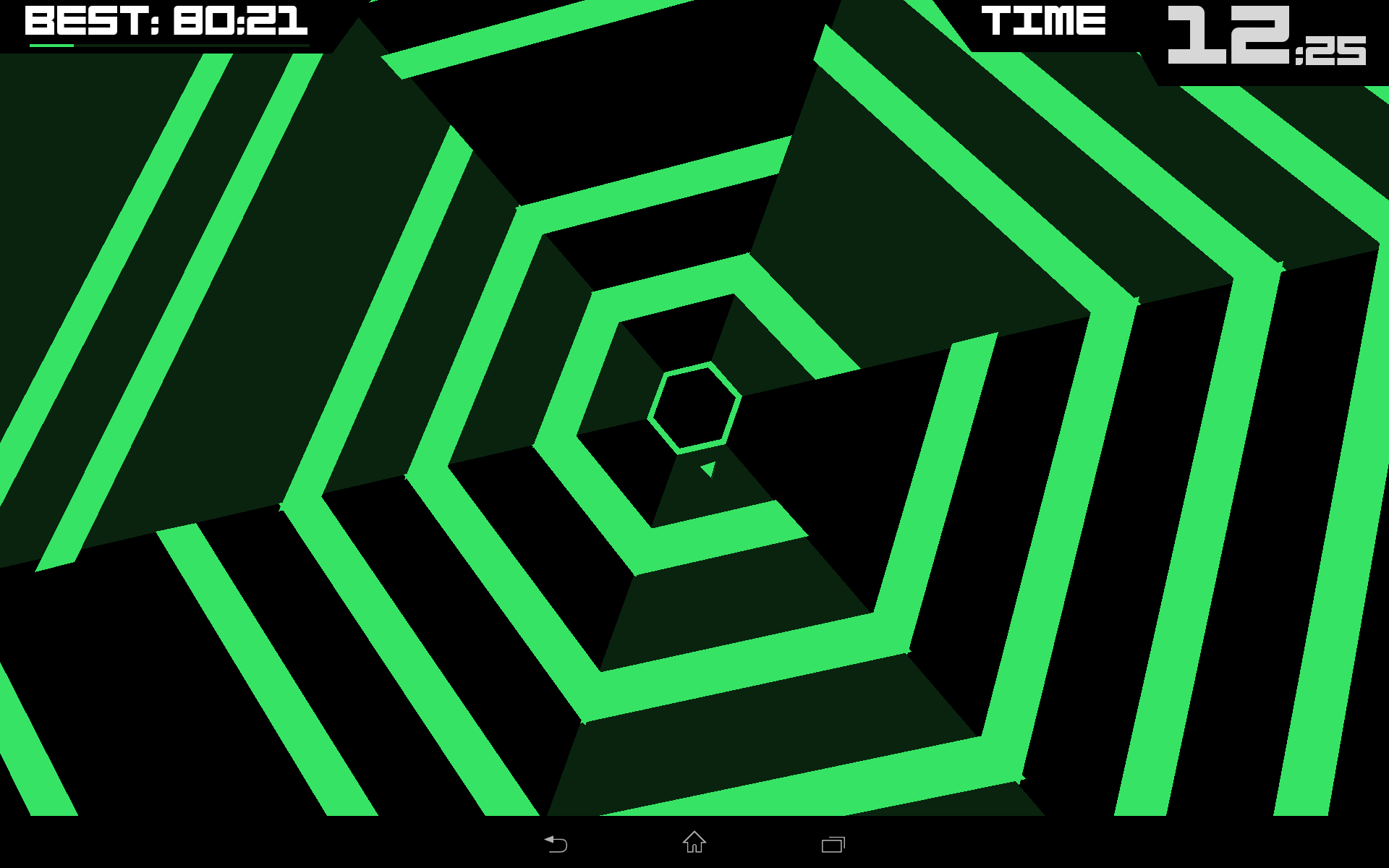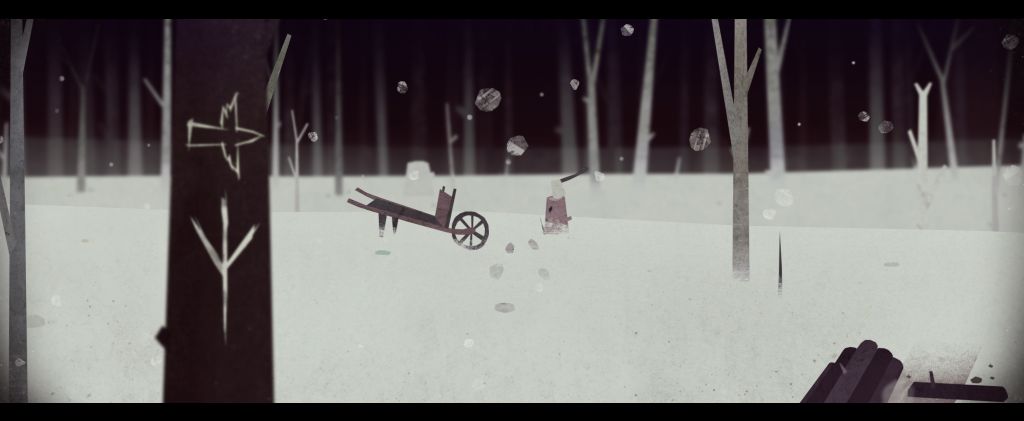I’m fascinated by the developments we’re seeing in mobile gaming, and am particularly interested in what sort of games we’ll see emerging as tablets become more mainstream and people figure out cool ways to use a touch interface.
I’ve spent the past few months trying out anything that sounded promising, particularly things that seem more suited to tablets than mobiles. Here are my favourite mobile games I’ve tried so far, split by business model, as that’s the first thing people want to know these days.
Games that you just buy
Star Command
Wikipedia, Official site
Platforms: iOS, Android; PC and Mac forthcoming apparently
Best experienced: On a tablet
Theme: Star Trek / Pixel art
Genre: Strategy
Original release date: May 2013
Shields are down. The enemy have teleported aboard and are making their way towards the engine room. The medical bay is on fire. But the enemy ship is weak. Do you keep your tactical officers on ship weapons, or peel some off to defend against the intruders? Do you send the engineers to repair the med-bay, or have them try to set up a sentry droid before the enemy gets to them?
If you think making those kind of decisions in a pixellated Star-Trek-like environment sounds like fun, then this game is for you. The dialogue is lightly amusing too, for example, here are three dialogue options to choose from after being hailed by some unintelligible penguins:
A playthrough took about 4-5 hours, which felt about right. There’s some extra things to do which add replayability but I haven’t touched them yet.
Super Hexagon
Wikipedia, Official site
Platforms: iOS, Windows, Mac, Android, Blackberry, Linux
Best experienced: On any mobile device
Theme: Geometry / Trippy
Genre: Twitch
Original release date: August 2012
You rotate a small triangle to avoid the ever-encroaching hexagonal walls. The walls move so fast that if you pause to make a conscious decision about which way to go, you die. The only way to last more than a few seconds is to train yourself to move instinctively, which is difficult, but gives a tremendous feeling of flow when you achieve it.
Difficulty modes are ‘Hard’, ‘Harder’ and ‘Hardest’, but progress will unlock harder modes. You get the idea.
Year Walk
Wikipedia, Official site
Platforms: iOS, Windows and Mac forthcoming apparently
Best experienced: On an iPad, with a friend
***Companion app*** (essential) (iOS)
Companion app best experienced: On a small iOS device, while you play the main game on an iPad
Theme: Swedish folklore
Genre: Spooky puzzle
Original release date: February 2013
Year Walking is a Swedish folkloric version of a Vision Quest: someone wishing to see the future isolates themselves and fasts for a day (commonly on December 31st), then walks to the church at midnight. The dream-like things they see as a result are interpreted as signs of the future.
This may or may not be real (quite pleasingly, the English page for it on Wikipedia has been deleted as an ‘obvious hoax’, while the Swedish version is present), but in any case it’s a lovely idea for a short, spooky little puzzle game, best played under the duvet at midnight.
The art style is very Jon ‘I want my hat back ‘ Klassen (but isn’t actually by him). This impressionistic trailer gives a good idea of the kind of atmosphere you can expect:
The experience is quite short (I would guess between 1 and 2 hours, depending on how quickly you figure things out), but is extremely atmospheric and polished, and felt well worth the money to me.
First bit free, buy the rest
Cytus
Wikipedia, Official site
Platforms: Android, Playstation Mobile, iOS (not free!)
Theme: Anime Sci-Fi / Mostly circles
Genre: Rhythm Action
Original release date: January 2012
Best experienced: On a tablet
Circles appear. A line moves back and forth across the screen. You tap the circles when the line crosses them. If done correctly, you find you are tapping in time to the music, and this is very pleasing. Later on things get really crazy.
Well, that’s rhythm action for you. You get to try quite a lot for free (at least on Android), so if that remotely appeals then you should try it. Once you have the hang of it, you can then attempt to impress other people with your circle tapping skills. In my experience, they are actually quite impressed. They might have just been saying that, though.
Badland
Official site
Platforms: Android, iOS (not free!)
Best experienced: On a tablet
Theme: Cute but dark / silhouette
Genre: Tap to flap
Original release date: March 2013
The one-button tap-to-flap genre seemed pretty simple to me until I played this. Powerups change your size (which alters your handling), coefficient of friction, speed, or the speed at which time passes. That’s fun, but it really gets going when you suddenly clone up to a swarm of 20 flappy things, all responding to your taps in sync (as per the screenshot above).
Essentially half of the game is free (on Android), so you should really just try it.
Free but you can buy things
Nimble Quest
Wikipedia, Official site
Platforms: iOS, Android, Ouya, PC/Mac/Linux (paid)
Theme: RPG / Pixel art
Genre: Snake
Original release date: March 2013
Best experienced: On a mobile
It’s really all there in theme, genre and screenshots: you control a conga-line ‘snake’ of RPG characters, attacking enemies and collecting power-ups. New characters are unlocked as you achieve higher levels, and each character can be upgraded with the coins you collect… it’s quite surprisingly compelling.
It’s the brave new world of free-to-play, so there’s a bunch of currency and in-app-purchase (IAP) going on. I recommend this approach:
- Buy the red gems IAP. This gets you about 4x the amount of soft currency earned per game, and is a fair way to pay for the fun you get out of the game
- Play the ‘arena’ mode. This updates once a day (I think), and if you do well enough you get a decent amount of the hard currency the following day
- Once you get deeper into the game, spend hard currency (as you earn it) on the ‘speed’ powerup, because that makes early progress quicker, makes your attacks more concentrated, and the whole game becomes much more thrillingly twitchy.
Tim Mannveille tweets as @metatim, and previously raved about Smash Cops Heat for Android/iOS.






